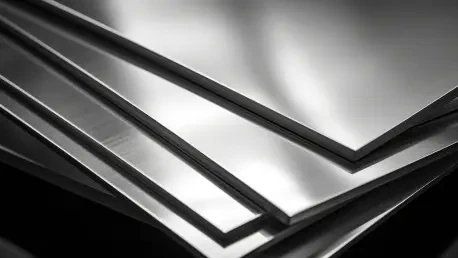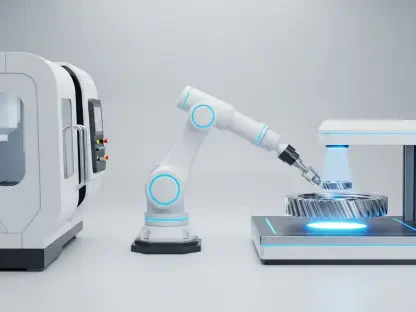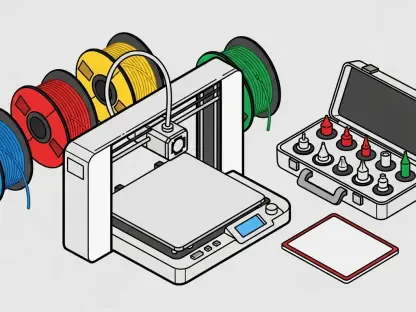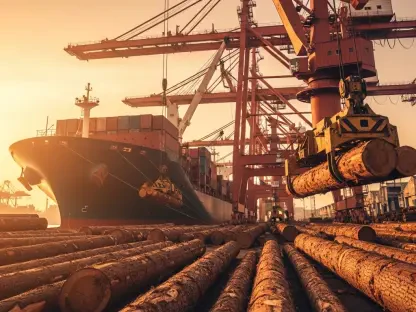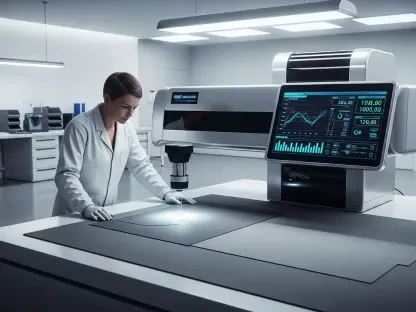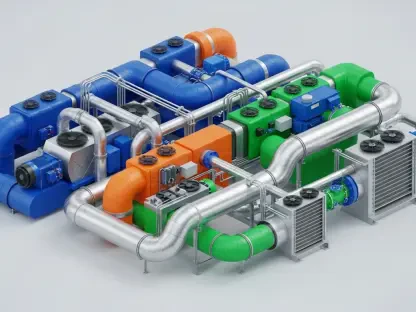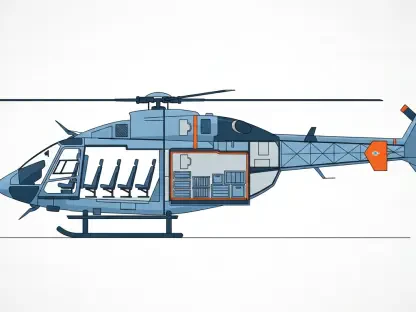The sheet metal fabrication industry is poised for robust expansion over the next several years, driven by escalating demands across multiple sectors such as automotive, aerospace, and construction. Current projections indicate that the market, valued at USD 21.35 billion in 2024, is anticipated to grow significantly, reaching USD 33.31 billion by 2034. This upturn represents a compound annual growth rate (CAGR) of 4.55% from 2025 through 2034, highlighting the industry’s pivotal role in meeting the sophisticated and diverse requirements of modern manufacturing. Advances in technology, particularly in automation and artificial intelligence, are redefining fabrication processes, enhancing efficiency, precision, and product quality.
Regional Market Dynamics and Growth Drivers
Examining the global landscape reveals intriguing disparities in regional market performance and growth catalysts. Asia Pacific has claimed a commanding position in this sector, securing a substantial market share totaling approximately 39% in 2024. The region’s dominance is firmly rooted in its rapid industrialization and expansive manufacturing base, with countries like China, India, and Japan leading the charge. These nations benefit from government initiatives aimed at infrastructure development, contributing to sustained growth in fabrication demands. Massive industrial hubs are emerging, fostering technological advancements and streamlining production processes.
Conversely, the Middle East & Africa present a compelling growth narrative with the highest projected CAGR across the forecast period. Dynamic industrialization, ambitious infrastructure projects, and considerable investments in the manufacturing domain characterize this region’s rapid ascent. Pioneering companies such as Middle East Manufacturing Steel LLC and Spar Steel Industries LLC are at the forefront of this positive trend, supported by a significant influx of both governmental and private funding. This robust backing fuels product development and innovation, positioning the region for continued success.
Technological Advancements and Their Impact
One of the most significant trends shaping the sheet metal fabrication market is the incorporation of cutting-edge technologies, including artificial intelligence and automation, which are revolutionizing traditional fabrication methodologies. AI has emerged as an indispensable tool in optimizing production efficiency, minimizing waste, and improving quality control processes. By leveraging AI-powered systems, manufacturers can enhance defect detection and perform predictive maintenance, ultimately boosting reliability and reducing costs.
Automation technologies are also transforming the landscape by introducing greater precision and speed into fabrication tasks. Automated solutions are becoming more prevalent, with advanced systems streamlining production, reducing lead times, and improving throughput. These innovations enable manufacturers to cater to increasingly complex and meticulous industry demands, ensuring higher quality and consistency in the final product. Consequently, these technological strides are pivotal in sustaining the market’s growth trajectory and meeting the evolving needs of end-use industries.
Market Segmentation and Service Dynamics
Delving into the intricacies of market segmentation reveals diverse dynamics concerning service types and material preferences. Cutting services retain a significant share of the industry, emphasizing the importance of shaping metals into precise configurations. Technological advances in cutting processes, such as laser and plasma cutting, have revolutionized the market, enhancing speed and precision to accommodate varied industrial applications.
In parallel, welding services are gaining traction and display substantial growth potential, largely fueled by demand from the automotive, construction, and electronics sectors. Technological advancements such as robotic welding and AI-driven automation are propelling this segment’s growth, ensuring seamless integration into diverse manufacturing environments. These innovations facilitate improvements in weld quality and consistency, catering to the heightened demand for precision in today’s competitive landscape.
Regarding material selection, steel remains the predominant choice due to its strength, adaptability, and cost-effectiveness. However, aluminum has emerged as a fast-growing segment, driven by its lightweight and corrosion-resistant properties. These characteristics make it an attractive option for aerospace and automotive industries, where weight reduction contributes markedly to fuel efficiency and overall performance. This shift in material preference aligns with a broader industry push toward sustainable practices and eco-friendly manufacturing solutions.
Challenges and Opportunities in the Industry
The sheet metal fabrication industry is set for substantial growth in the coming years, fueled by increasing demands from sectors like automotive, aerospace, and construction. By 2024, the market is valued at USD 21.35 billion and is projected to rise significantly to USD 33.31 billion by 2034. This equates to a compound annual growth rate (CAGR) of 4.55% from 2025 through 2034, underscoring the industry’s vital role in meeting the diverse and complex needs of modern manufacturing.
Key drivers of this growth include advancements in technology, particularly in automation and artificial intelligence, which are transforming fabrication processes. These technologies enhance efficiency, precision, and product quality, allowing manufacturers to meet the stringent demands of today’s market. As industries continue to evolve, the necessity for more sophisticated and efficient fabrication techniques becomes apparent.
Additionally, the growing emphasis on sustainability and energy-efficient designs in construction further propels the demand for advanced sheet metal solutions. The automotive industry’s shift towards electric vehicles also adds to this surge, requiring specialized fabrications. Therefore, as these sectors expand, they drive advancements in fabrication technologies, ensuring that the industry remains instrumental in future manufacturing landscapes.
